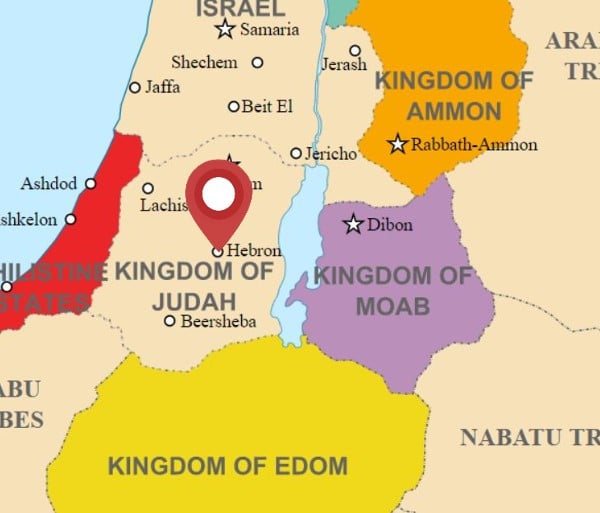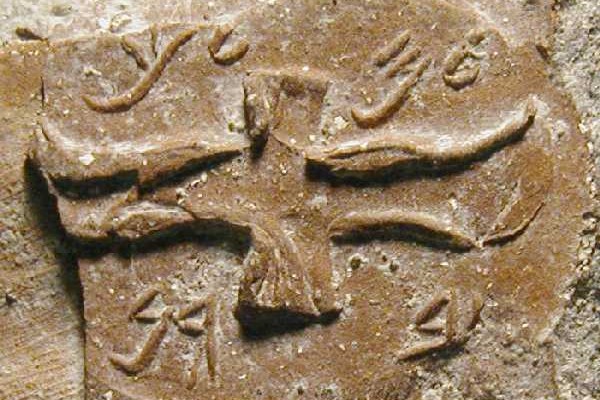Wars with the Assyrians and Babylonians should’ve ended Jewish ties to Hebron and the Holy Land, but God had other plans.
By Nosson Shulman, Licensed Tour Guide
“All the elders of Israel came to the king at Hebron, and King David sealed a covenant with them in Hebron before G-d, and they anointed David as King over Israel.” (2 Samuel 5:3)
Unbeknownst to most, Hebron was the capital of Israel prior to Jerusalem becoming the eternal capital.
During the first seven years of his reign, King David ruled from Hebron. In his seventh year, King David planned a military operation that would change world history forever: the conquest of Jerusalem. He and his men headed north along what is today’s Highway 60 and captured the holy city, making it Israel’s capital forever.
After the conquest of Jerusalem, Hebron is mentioned much less frequently in the Bible, although we know from archeology that it continued to be an important administrative center. It was also one of the six cities of refugee (click here to learn about Tel Kedesh, the Biblical city of refuge in northern Israel).
When the righteous King Hezekiah and his kingdom of Judah was threatened with annihilation by the Assyrians (see events from 2 Kings: 17-18) he mobilized all of his resources, including collecting the materials needed to build fortification walls which you can see today in Jerusalem.
Based on archeological finds, it appears that King Hezekiah designated four cities as regional capitals, to collect materials in preparation for war with Assyria from the surrounding areas. One of these cities was Hebron.
Ultimately one of the greatest miracles in world history happened, and Assyria was defeated for the first time ever.
In 422 BCE (some historians say 586 BCE) the Kingdom of Judah, including the city of Hebron, was conquered by the Babylonians who exiled its inhabitants to modern day Iraq.
The void in Hebron was filled with Edomites, Biblical enemies of Israel, who moved into the abandoned Jewish homes.

Residents of Edom moved into the abandoned homes of the Kingdom of Judah, including Hebron, after it’s inhabitants were exiled by the Babylonians. (Wikimedia Commons with additions by United with Israel)
To contemporary observers from that time, it seemed like the Jewish people and their connection to Israel would cease to exist.
This is because never in history had a small people been expelled from their land, yet returned to reestablish their Kingdom, all the while keeping the same religion and customs of their forefathers.
But G-d had other plans!
To be continued.
Click for Part 1 and Part 3 of this Hebron series.
Nosson Shulman is a journalist and Licensed Tour Guide in Israel specializing in Biblical tours. To allow tourists to experience Israel during the Corona era, he created the new hit Israel tour video series, which brings Israel to the home of viewers by simulating actual tours. To check out his free sneak preview tour videos, click here. To view sample tour itineraries or to inquire about private tour opportunities with a personalized itinerary on your next trip to Israel, click here.
